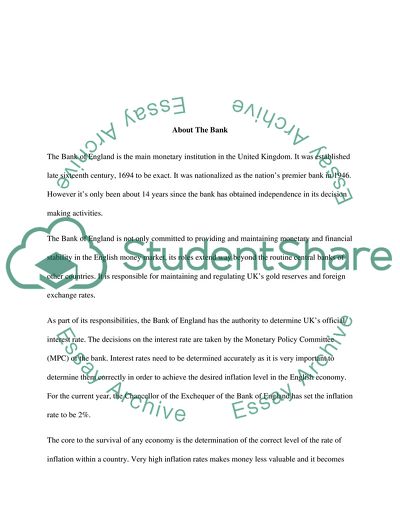Cite this document
(Bank of England - Recent Lending Trends Research Paper, n.d.)
Bank of England - Recent Lending Trends Research Paper. Retrieved from https://studentshare.org/finance-accounting/1755015-business-statistic
Bank of England - Recent Lending Trends Research Paper. Retrieved from https://studentshare.org/finance-accounting/1755015-business-statistic
(Bank of England - Recent Lending Trends Research Paper)
Bank of England - Recent Lending Trends Research Paper. https://studentshare.org/finance-accounting/1755015-business-statistic.
Bank of England - Recent Lending Trends Research Paper. https://studentshare.org/finance-accounting/1755015-business-statistic.
“Bank of England - Recent Lending Trends Research Paper”, n.d. https://studentshare.org/finance-accounting/1755015-business-statistic.


